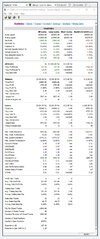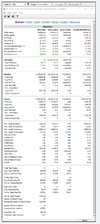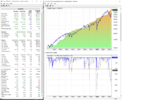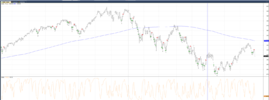- Joined
- 2 August 2016
- Posts
- 897
- Reactions
- 1,492
@martyjames maybe, but maybe not if you have a longer holding period like in a classic trend following system.@martyjames I don't trade anything other than the All ordinaries as a whole. Picking winners as you suggested would be difficult as sometimes they go out of favor as quickly as they come in.
Skate.










